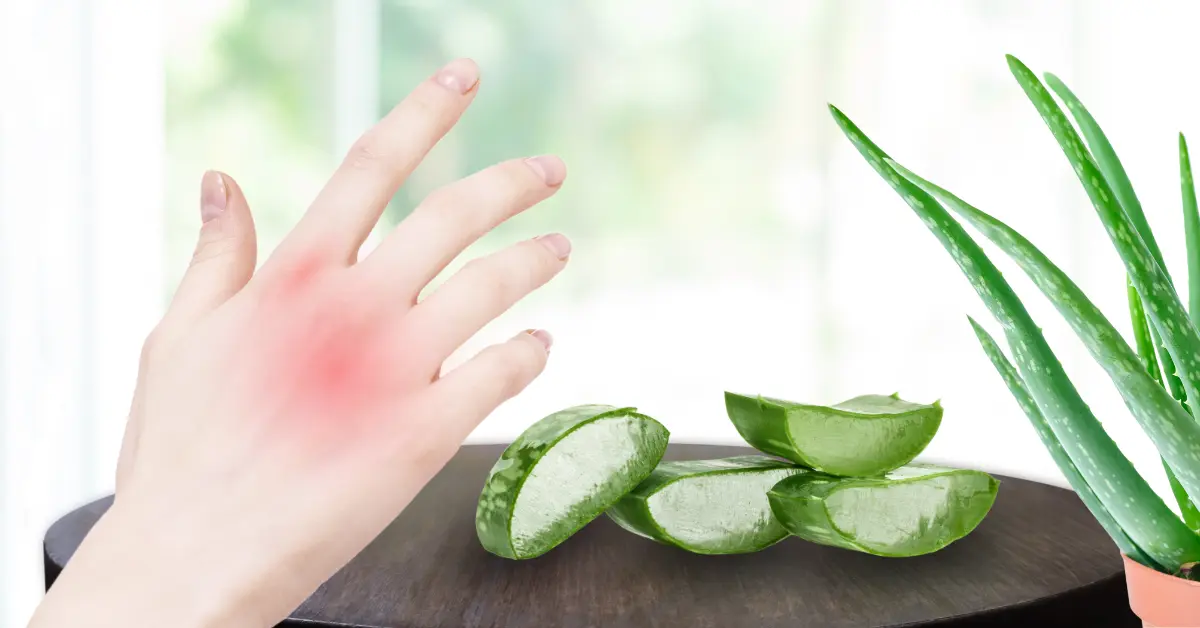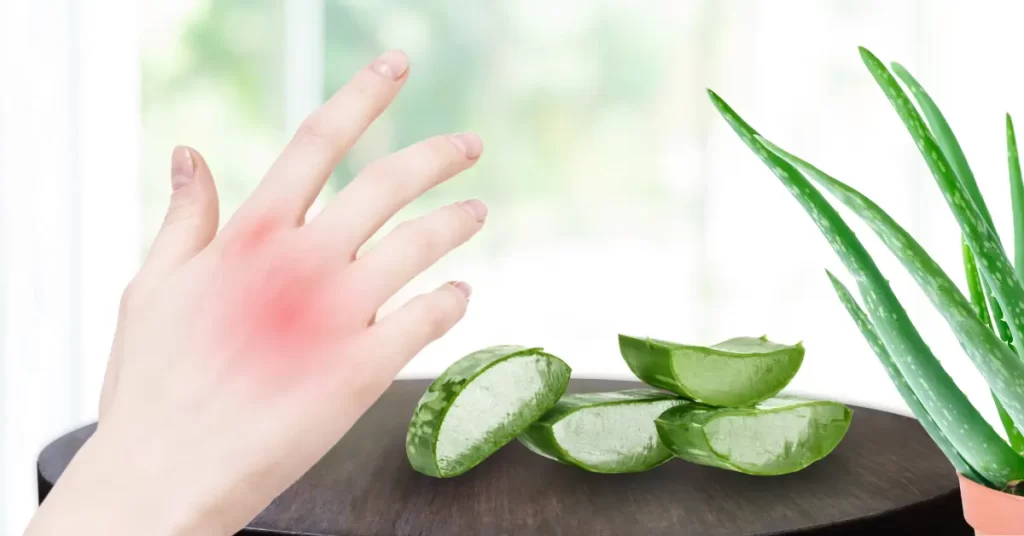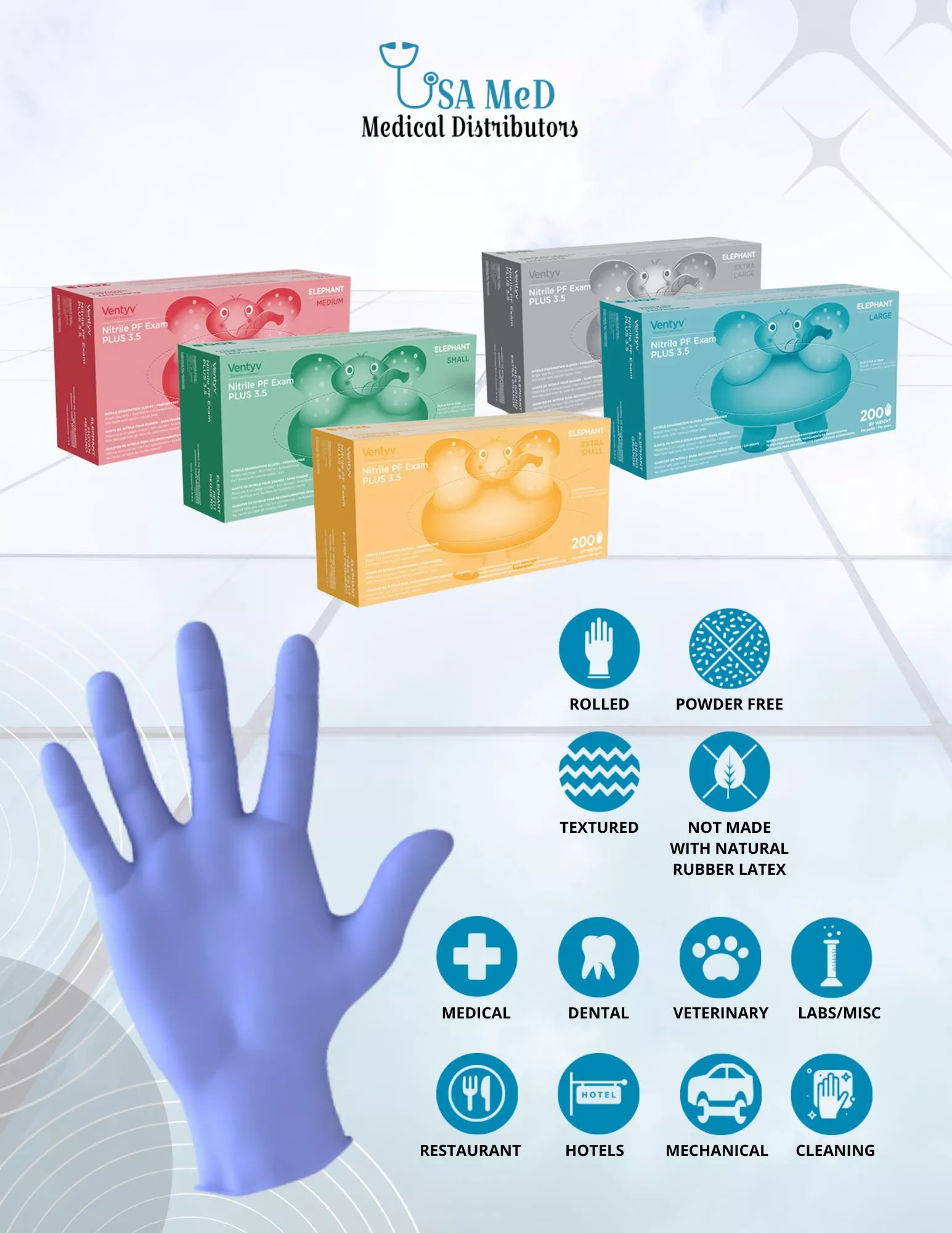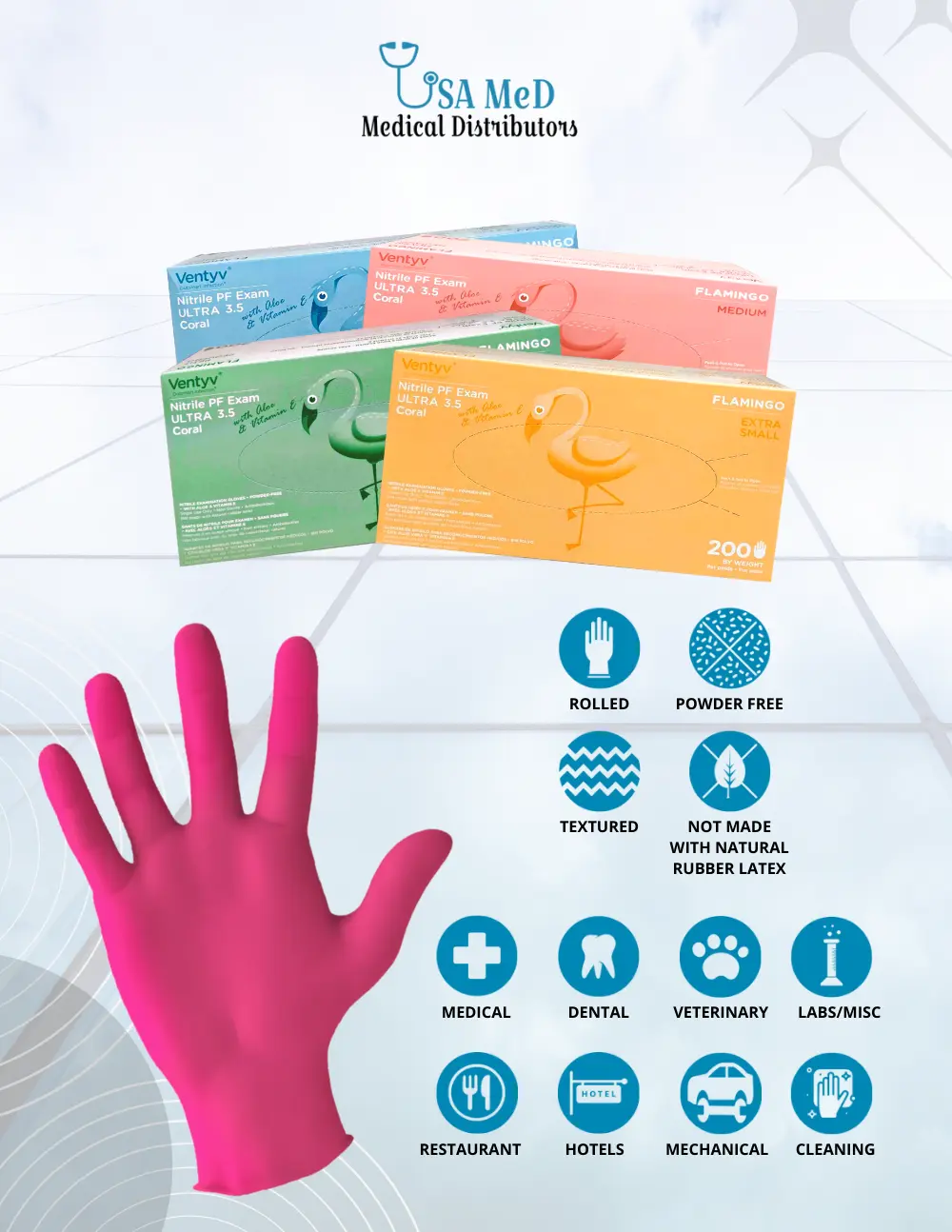
Understanding the Causes and Solutions for Hands Breaking Out from Gloves
Why You Should Care About Hands Breaking Out from Gloves When it comes to personal protective equipment, gloves are often taken for granted. However, the


In today’s fast-paced working environment, where we are exposed to various materials and substances, some of us may experience allergic reactions to certain products. One common culprit is gloves, which are used in numerous industries to protect hands from harmful chemicals, bacteria, and other hazards. While gloves play a vital role in keeping us safe at work, it can be frustrating to deal with an allergic reaction to them. In this article, we’ll discuss how to prevent allergic reactions to gloves and find skin-friendly solutions.
An allergic reaction to gloves can occur when the body’s immune system finds substances within the gloves as harmful invaders. As a result, the body produces antibodies to fight off these perceived threats, causing an allergic reaction. Symptoms may include redness, itching, swelling, and blisters on the hands. Individuals with a history of allergies or sensitive skin are more prone to developing an allergic reaction to gloves.
For those who work in industries that require using gloves, it is common to develop an allergic reaction from prolonged exposure to certain glove materials such as latex, nitrile, and vinyl. Latex allergies are the most well-known, with symptoms ranging from mild irritation to anaphylaxis. To prevent these reactions, it is essential to identify the specific material causing the allergy and find a suitable alternative. For instance, individuals allergic to latex can use gloves made of nitrile or vinyl. Additionally, frequent hand hygiene practices and using moisturizers can also help prevent allergic reactions.
Besides changing to a different type of glove material, there are other skin-friendly solutions that can help prevent allergic reactions. One option is to use powdered gloves, which have a layer of cornstarch on the inside. It is providing a barrier between the skin and the glove material. This can help reduce irritation and sensitivity. Another solution is to use gloves made with aloe vera or other natural ingredients that can soothe the skin and prevent irritation. Furthermore, avoiding prolonged use of gloves and taking breaks can also give the skin a chance to breathe and reduce the chances of developing an allergic reaction.
With the wide variety of gloves available in the market, it can be overwhelming to find the right one if you have allergies or sensitive skin. It is crucial to read the product labels. Look for gloves that are specifically labeled as hypoallergenic or free from the specific material that causes your allergic reaction. Additionally, always try a patch test before using any new gloves and consult with a medical professional if you experience any severe or persistent reactions.
In conclusion, allergic reactions to gloves can be frustrating and uncomfortable to deal with, especially in a work environment. However, with proper knowledge and precautions, it is possible to prevent these reactions and find skin-friendly solutions. Always pay attention to the materials used in your gloves, take breaks, and use moisturizers to keep your skin healthy. And most importantly, consult with a medical professional if you experience any severe or persistent reactions. By following these tips, you can ensure that your hands stay protected and irritation-free while at work. Remember, prevention is always better than cure.

Why You Should Care About Hands Breaking Out from Gloves When it comes to personal protective equipment, gloves are often taken for granted. However, the

The Pros and Cons of Using Vinyl Gloves for Hair Dyeing When it comes to hair dyeing, one crucial question arises: can you use vinyl

Understanding Latex Allergies: What Causes the Rash? It is important for individuals at risk to have a good understanding of latex allergies. Symptoms of latex

Common Materials Used in Surgical Gloves: A Breakdown When it comes to surgical gloves, understanding what are surgical gloves made of is crucial for ensuring

The Importance of Proper Fit for Nitrile Gloves When it comes to nitrile gloves, the importance of proper fit cannot be overstated. Many users may
Driven by a passion for excellence, our mission is to consistently deliver the highest quality products at the most affordable prices. We aim to exceed customer expectations, creating value and trust.


Phone Number: (239) 266 -1290
Email Addresses:
sales@usamedicaldistributors.com
customercare@usamedicaldistributors.com
Mailing Address :
501 Goodlette, Frank Rd N A105, Naples, FL 34102
Copyright 2022 – 2024. USAMED Medical Distributors. All rights reserved.
Privacy Policy | Return and Refund Policy
| Website by M. Escober